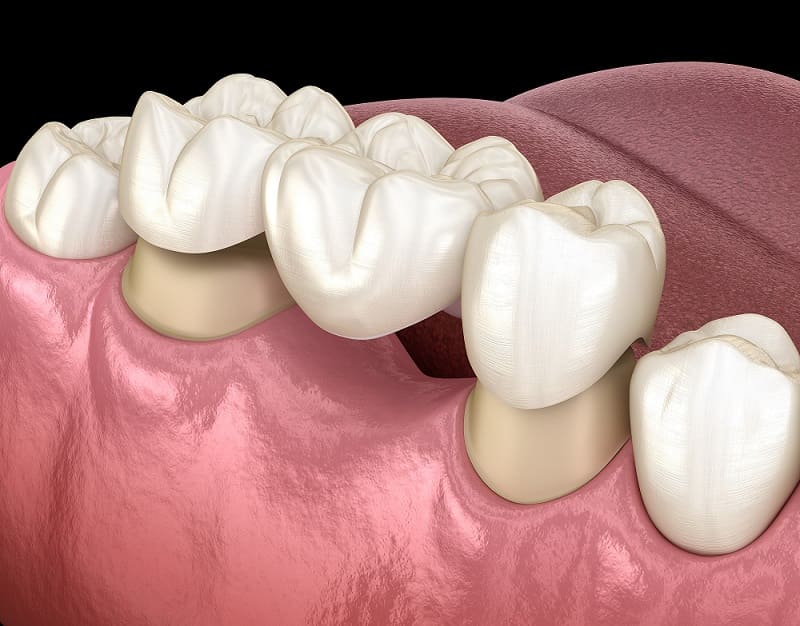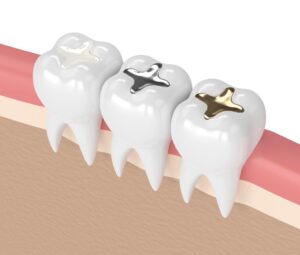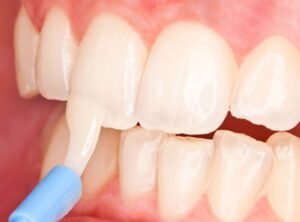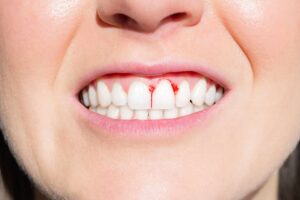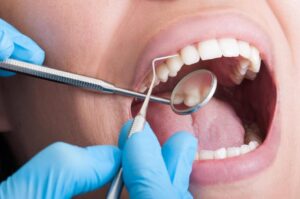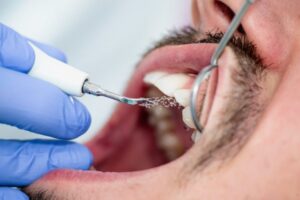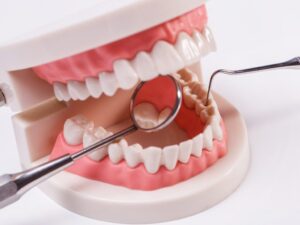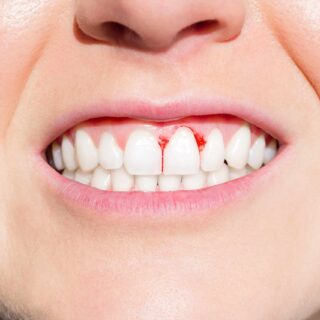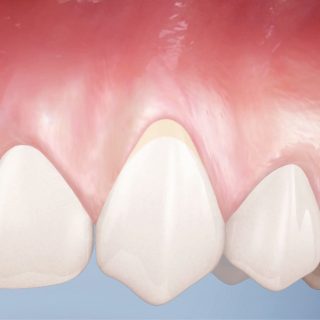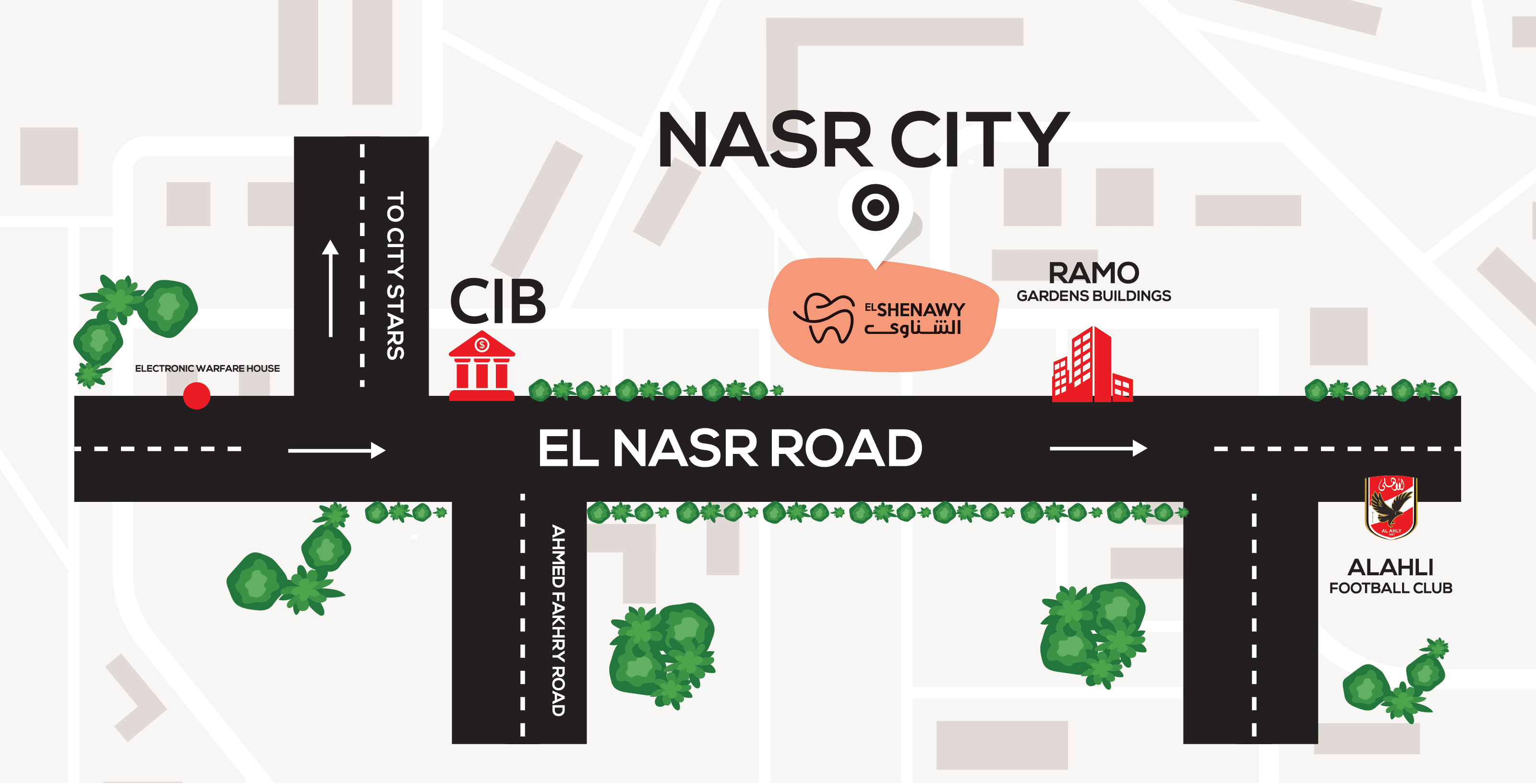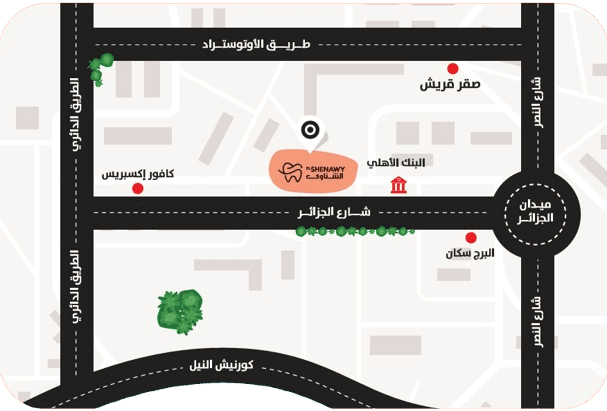Dental bridges are a trusted solution for replacing missing teeth, restoring both function and appearance.Out of all the different kinds of fixed bridges, cantilever bridge teeth are pretty special by relying on just one healthy tooth or implant to support the replacement tooth, making them ideal when only one adjacent tooth is available. Their efficiency and simplicity provide a minimally invasive solution to regain your smile with long-lasting results.
What is a Cantilever Bridge ?
A cantilever bridge is a traditional and common type of fixed dental bridge. Unlike other bridge types that require support on both sides of the gap, the cantilever bridge is anchored to just one supporting tooth or implant. The pontic (artificial tooth) is placed in the gap, with the bridge anchored securely to the remaining healthy tooth. There is also a variation called the spring cantilever bridge dental, which offers flexibility by connecting the pontic to a retainer through a long, flexible arm. This variation allows for some movement, providing comfort while still relying on one supporting abutment.
They are often made from a combination of ceramic and metal or sometimes entirely from ceramic material, offering both durability and a natural appearance. In cases where an implant is used for support, studies have shown high success rates, this makes the cantilever bridge an effective solution, providing both functionality and a reliable long-term option for dental restoration.
When Cantilever Bridge Teeth are Needed?
Cantilever bridges are needed when there is only one healthy tooth adjacent to the gap left by a missing tooth, and there aren’t two healthy teeth available to support a traditional bridge. This type of bridge is particularly useful when it’s not possible to anchor the bridge to two teeth on either side of the gap, making the cantilever bridge a suitable alternative.
spring cantilever bridge dental
Pros and Cons of Cantilever Bridge Dental
Cantilever bridges have many advantages making them a favorable option for some specific cases. However, they may have some potential disadvantages. Let’s breakdown the pros and cons:
Pros
- Minimal preparation: Cantilever bridges require minimal reduction of adjacent teeth. This means that the neighboring teeth on one side of the gap undergo less alteration, with more of their natural tooth structure remaining.
- Aesthetically appealing: When used in the front of the mouth, the cantilever bridge can provide a functional and attractive replacement tooth.
- Less complications: More conservative approach of this restoration reduces the likelihood of complications compared to other treatments, such as dental implants.
- Dental health: With cantilever bridges, there’s a minimal risk of developing decay around the bridge.
- Simple cantilever bridge dental process Usually this treatment is done with no need for anesthesia during the process, making them an ideal solution for treating young patients, unlike dental implants.
- Budget-friendly: Because this technique is typically more conservative and usually involves fewer teeth, it may also turn out to be less expensive, compared with other
- High success rates: There is a high survival rate of up to 81.8% after 18 years
Cons
One key drawback is the support challenge, as they rely on a single supporting tooth, which can be tricky, making them suitable primarily when only one tooth is missing. The location of the missing tooth is also crucial; back teeth, which endure significant chewing forces, may not be ideal for cantilever bridges. Research suggests that these bridges are better suited for the front (anterior) teeth, where the stress is lower. Additionally, cantilever bridges may not be the best option for individuals with an underbite, a form of misalignment that can compromise the bridge’s stability. Proper teeth alignment is essential for the success of a cantilever bridge, as uneven pressure can lead to failure or breakage. Moreover, there is always a risk that the bridge may loosen over time, as it is anchored on only one side, further emphasizing the importance of careful consideration before choosing this restoration.
How a Cantilever Bridge Works: Step-by-Step Guide
The procedure of having a cantilever bridge teeth may take a couple of visits. During the first visit the dentist will:
- First, the dentist will take impressions to create the bridge.
- Then, they’ll prepare the supporting tooth, which involves removing some enamel and dentin to make room for a crown.
- After that, they’ll take more impressions, this time for the permanent crown.
- To protect the prepared tooth while the permanent bridge is being made in a lab, the dentist might put on a temporary crown, or even a temporary bridge.
During your next appointment:
- The dentist will take off the temporary bridge, assuming you had one put in.
- Then the dentist will position the new bridge, complete with the permanent crown on your tooth, and make any necessary tweaks.
- Finally, the cantilever dental bridge will be securely cemented into position.
Other Alternatives for Cantilever Bridges
- Traditional Bridge: Artificial tooth connected to crowns placed on the abutment teeth on both sides of the gap.
- Maryland Bridge: No crowns on abutment teeth; utilizes a metal or porcelain framework to secure the replacement tooth.
- Dental Implant: Artificial tooth placed directly into jawbone; but it may not be suitable for people with diabetes, smokers, or osteoporosis.
- Dental Implant-Supported Bridge: Similar to a traditional bridge but with crowns substituted with implants; very long-lasting, but takes months to complete.
- Partial Dentures: Portable denture to fill gaps where there are missing teeth; must be cleaned daily and may not be as durable.
Need Professional Dental Help? Contact El-Shenawy Clinics
At El-Shenawy Clinics, we believe that oral health starts with accurate care and attention. With a history of excellence, our clinic has a team of highly skilled dental professionals dedicated to providing personalized, holistic care for every patient. Whatever you need, we use the latest technology and techniques to ensure long-term results. At El-Shenawy Clinics, we believe that every patient is unique, and we spend time creating individualized treatment plans to meet your needs and goals.
Bottom line
If you’re missing a tooth and considering a dental bridge, using cantilever bridge teeth may be a suitable option, especially when only one healthy tooth or implant is available for support. However, you must consult your dentist first to determine if this is the best solution under circumstances like the health of nearby teeth and gap location. Your dentist will help you select the most appropriate solution to your specific need.
For quality dental care and customized treatment solutions, El-Shenawy Clinics offers reliable quality services that are driven by a skilled team of experts who utilize the latest technology to provide comprehensive solutions that are customized to your individual needs.
Reach out to El-Shenawy Clinics today to book your consultation
Frequently Asked Questions
- How long does it take to recover after a cantilever bridge?
Recovery takes a few days to a week, with swelling and discomfort that should disappear within the timeframe.
- How long does a cantilever bridge last?
Due to the higher stress placed on the abutment tooth, cantilever bridges generally have a shorter lifespan of 5 to 10 years, compared to other types of bridges.
Proper oral care and regular check-ups can help extend their durability.



